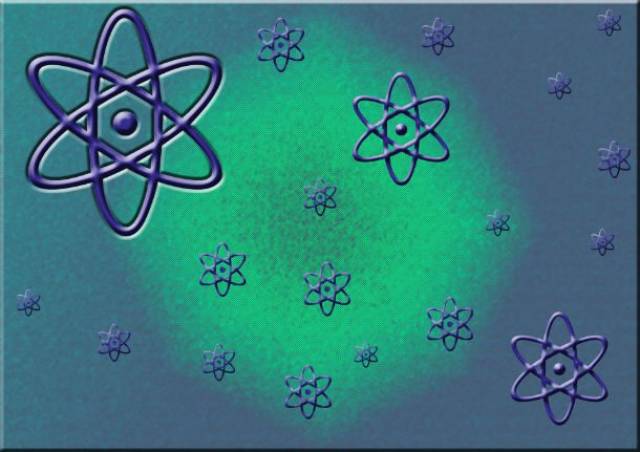Smallest Observed Object in the Universe

Over the last century, science has made great strides into understanding the vastness of space and its microscopic building blocks. When it comes to figuring out the the smallest observable particle in the universe, however, there is no clear definition. At one point, it was the atom. Then, scientists discovered the proton, neutron, and electron. It didn’t stop there, though. Today we know (by smashing particles together in places like the Large Hadron Collider), that these can be further broken down into even more particles like quarks, leptons, and even antimatter. The issue with trying to figure out which is smaller is that on a quantum level, size becomes a bit irrelevant as the rules of physics you are use to living by begin to break down. (Some particles have no mass; some even have negative mass, etc.) Unfortunately, trying to answer this question is like dividing by zero, not really possible.